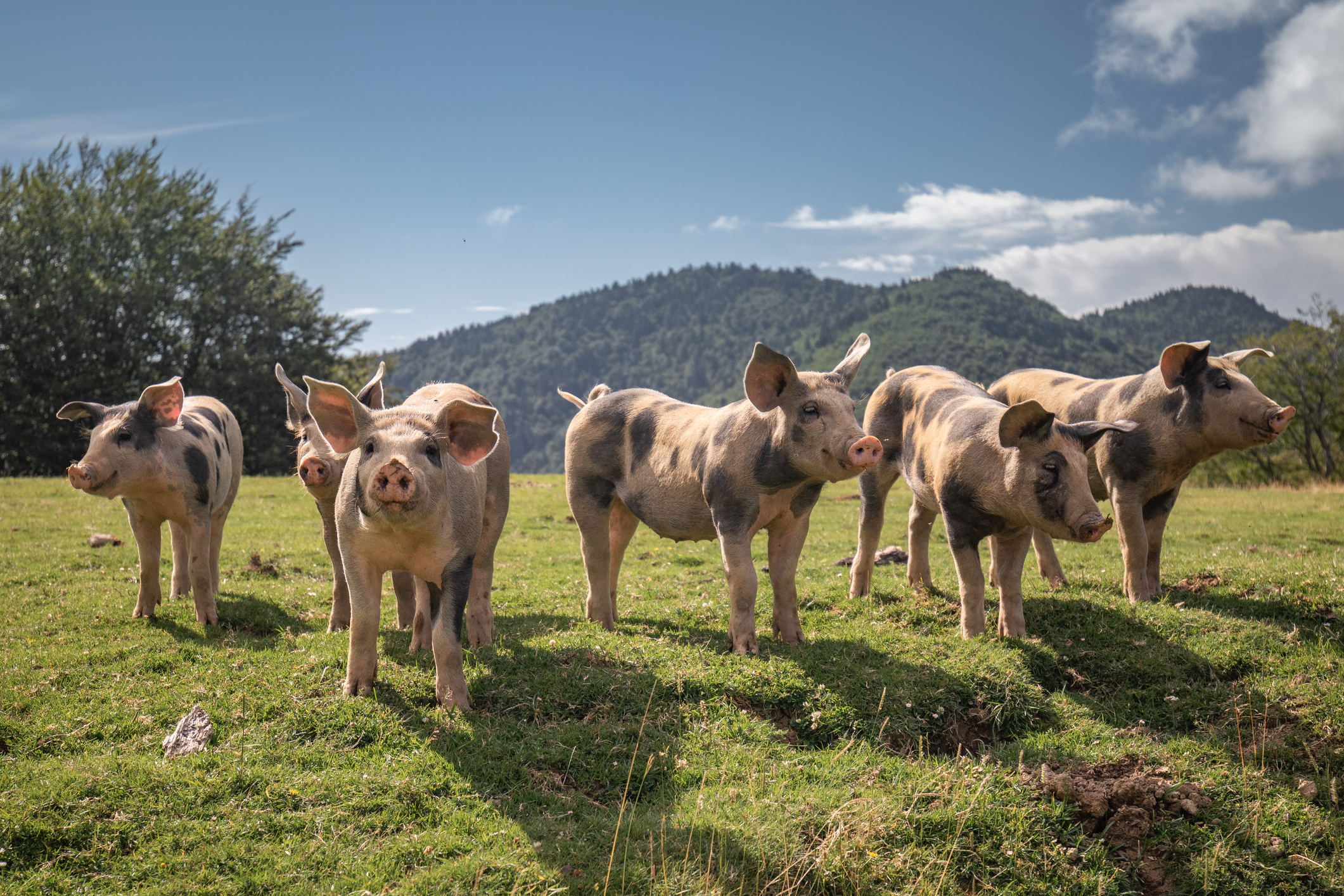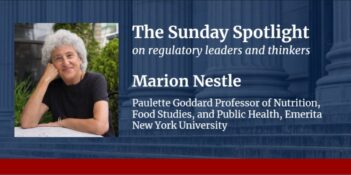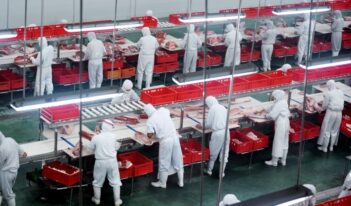
New pork processing rule assigns inspection duties to plant workers and removes cap on processing line speed.
For decades, pork processing plant workers slaughtered a maximum of 18 hogs per minute. Now, the U.S. Department of Agriculture (USDA) is allowing plant employees to pick up the pace.
The agency issued a new pork processing rule in September 2019, eliminating the 18-hog cap on line speed and formalizing the first change to swine processing standards in over 50 years.
Calling the cap an “unnecessary regulatory obstacle,” the agency claims that its removal will allow meatpacking companies to adopt more efficient line procedures. But critics claim that removing the cap will threaten employee safety, making an already dangerous job even more hazardous. Critics also warn that faster processing speeds may result in increased levels of product contamination, putting public health at risk.
Changes to processing inspection requirements accompany removal of the 18-hog cap. Although the agency currently requires seven USDA inspectors to work each swine processing line, the rule will reduce the on-line USDA inspector requirement to three. Meatpacking employees will instead take on preliminary sorting and separating duties, purportedly compensating for the decrease in agency presence on the line. USDA employees will still inspect every animal before and after slaughter. The agency hopes this shift in inspection strategy will give meatpacking companies additional flexibility in line organization and—thanks to removal of the cap—allow for faster processing speeds.
USDA suggests that the “modernized” swine inspection system is long overdue. The Administrator of the Department’s Food Safety and Inspection Service (FSIS), Carmen Rottenberg, says previous rules reflect outdated meatpacking technology, suggesting the shift in inspection policy will give companies the freedom to innovate.
The rule’s added benefit, Rottenberg says, is in maximizing the utility of agency inspectors. Moving agency inspectors off the line, Rottenberg theorizes, will allow USDA to use its inspection resources “in other places that have a direct impact on food safety.” Although the USDA has primarily emphasized the rule’s promise of flexibility for industry, it also estimates that the rule will save the government $6 million a year.
Industry representatives agree that the rule will promote efficiency. Julie Anna Potts, president and CEO of meatpacker trade association North American Meat Institute says that the new inspection plan “allows for further food safety innovation while continuing to ensure consumers have access to safe, wholesome pork.” The rule, Potts insists, considers the interests of meatpacking companies, their workers, and the public at large.
The president of the National Pork Producers Council, David Herring, points to associated cost savings for consumers, saying that the rule reflects an industry focus on “offering the highest quality, safest and most affordable pork to consumers here at home and abroad.”
Agency officials and industry representatives also note that USDA performed due diligence before issuing the rule. The new rule relies on data from a 15-year pilot study conducted in five market hog processing plants owned by five different companies. Results of the study suggest that plants employing the modified inspection plan will adequately meet FSIS food safety standards. Results of the pilot study also indicate that when USDA inspectors working in participating plants were relieved of some line inspection duties, they had more time to monitor plant sanitation and animal safety. Backed by scientific data, officials say, the new inspection system is safer and more efficient.
But critics of the rule, including elected officials, worker safety advocates, agency staff, and consumer safety groups, say the pilot study and its results are flawed, and that the rule puts both public and worker health in danger.
Members of Congress fault the quality and transparency of the pilot study’s worker safety data. At the request of U.S. Senator Dick Durbin (D-Ill.), the USDA Inspector General launched an investigation in June into the study’s methodology. The Inspector General previously identified flaws in the pilot program in a 2013 audit report, finding that participant plants repeatedly violated federal safety standards without consequence and concluding that FSIS did not adequately oversee the study.
Workers’ advocacy groups echo concerns about the pilot study. Deborah Berkowitz, director at the National Employment Law Project (NELP), is a vocal critic of the study and new rule. Berkowitz calls the rule a victory for “big meat,” accusing USDA of disregarding extensive government and independent research suggesting that increased line speeds are a danger to worker safety.
Union officials share Berkowitz’s concern for workers. United Food and Commercial Workers (UFCW) officials filed a lawsuit on October 7 on behalf of 30,000 pork plant workers, contending that USDA disregarded inevitable risks to worker safety in removing the cap on line speeds and allocating inspection duties to untrained plant workers. The rule’s reliance on “a methodologically flawed analysis” results in agency failure to comply with rulemaking requirements, the complaint alleges.
Consumers may be equally at risk. Two FSIS hog processing inspectors have reportedly filed whistleblower disclosures with the U.S. Office of Special Counsel, voicing concerns that increased line speeds permitted by the new rule likewise increase the “possibility of having pathological hogs into your food source.”
Union officials and labor activists echo concerns that the rule puts consumers at risk. UFCW International president Marc Perrone calls the rule dangerous, with the potential to “dramatically weaken critical protections that Americans depend on to be able to select safe, healthy food to feed their families every day.” NELP’s Deborah Berkowitz also asserts that the new inspection plan will hurt consumers, citing independent research conducted on study data retrieved through FOIA request, and concluding that pilot study plants reported more, rather than fewer, violations for contamination.
The rule went into effect December 2, 2019.



